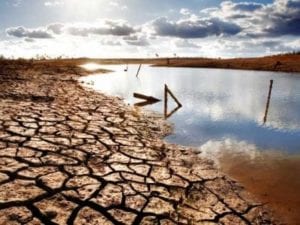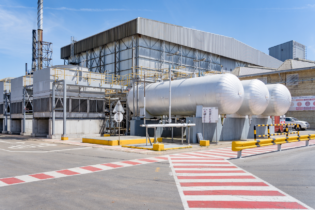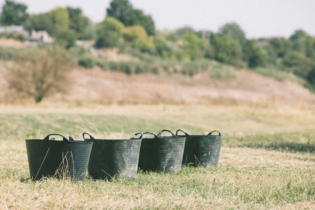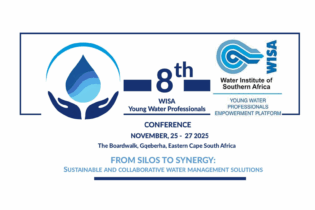 Water levels at dams supplying South Africa’s Cape Town fell further this week, according to data reported on Wednesday, indicating a deepening crisis that could soon see taps in the tourist hub run dry by May.
Water levels at dams supplying South Africa’s Cape Town fell further this week, according to data reported on Wednesday, indicating a deepening crisis that could soon see taps in the tourist hub run dry by May.
Increased tariffs
In an effort to combat the drought, drive down water consumption and keep Day Zero at bay Cape Town’s executive deputy mayor Ian Neilson announced a tariff increase on Tuesday 6 February 2018. Neilson said the increase was an absolutely necessary step to reducing household demand and ensuring that the City could continue to supply water and sanitation services. “The City makes NO PROFIT on water sales. We will still cover the cost of basic water for our indigent residents, but for the rest of our water users these tariff increases are unavoidable. The highest users will face the greatest increases,” he explained.
Pushing back Day Zero
At the beginning of the week the City of Cape Town announced that Day Zero was expected to move out to 11 May 2018 due to a decline in agricultural usage and according to Neilson there has been a further decline in urban usage since the implementation of Level 6 restrictions but not at a sufficient scale. “All Capetonians must therefore endeavour to use no more than 50 litres per person per day to help stretch our dwindling supplies through summer. We trust that the tariff increases will serve as deterrent against high usage. As a City, we are required to keep within the allocation as set by the National Department of Water and Sanitation. We are not there yet,” he noted.Cost of water: total monthly bill (Level 6 tariffs) (including VAT) for non-indigent person:
6 kl R 179.5810.5 kl R 415.56
20 kl R 1 555.56
35 kl R 6 685.56
50 kl R 20 365.56







